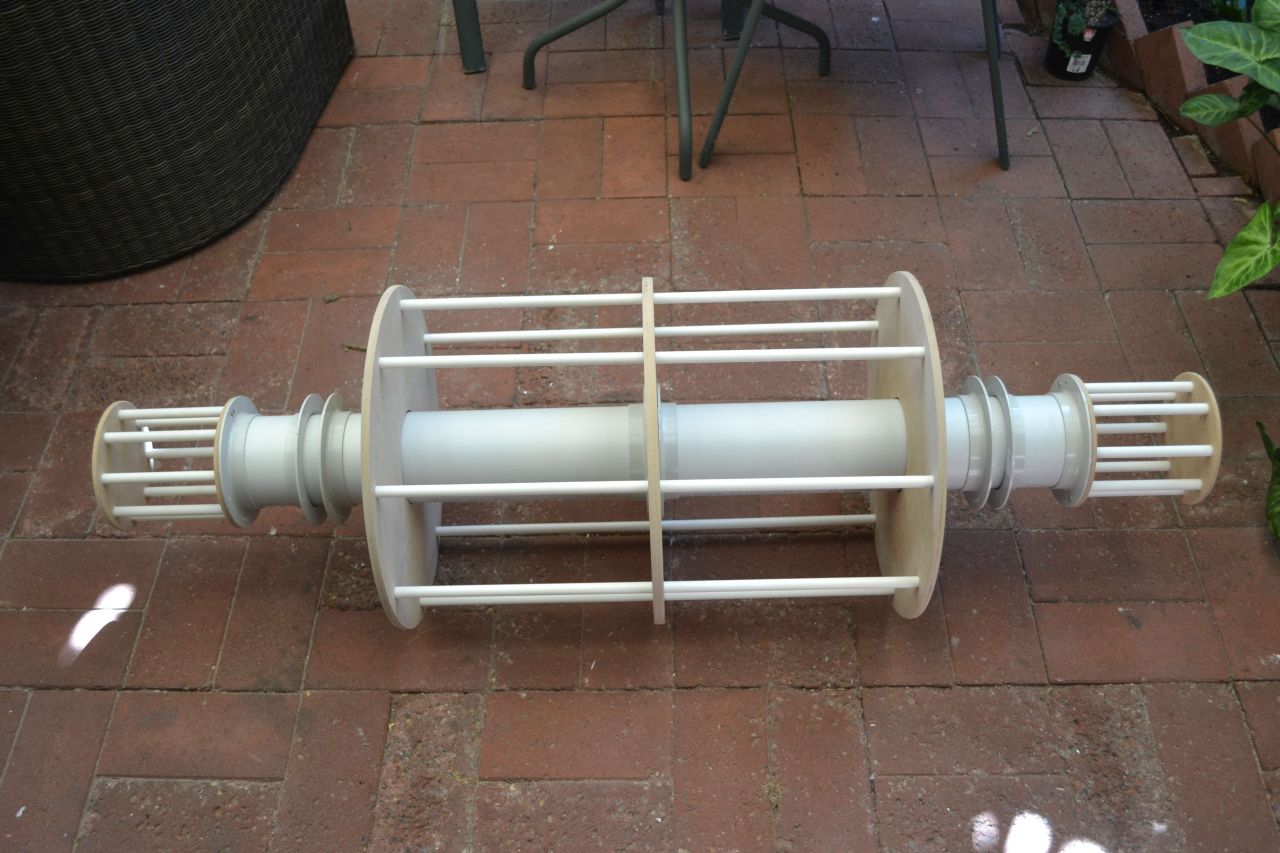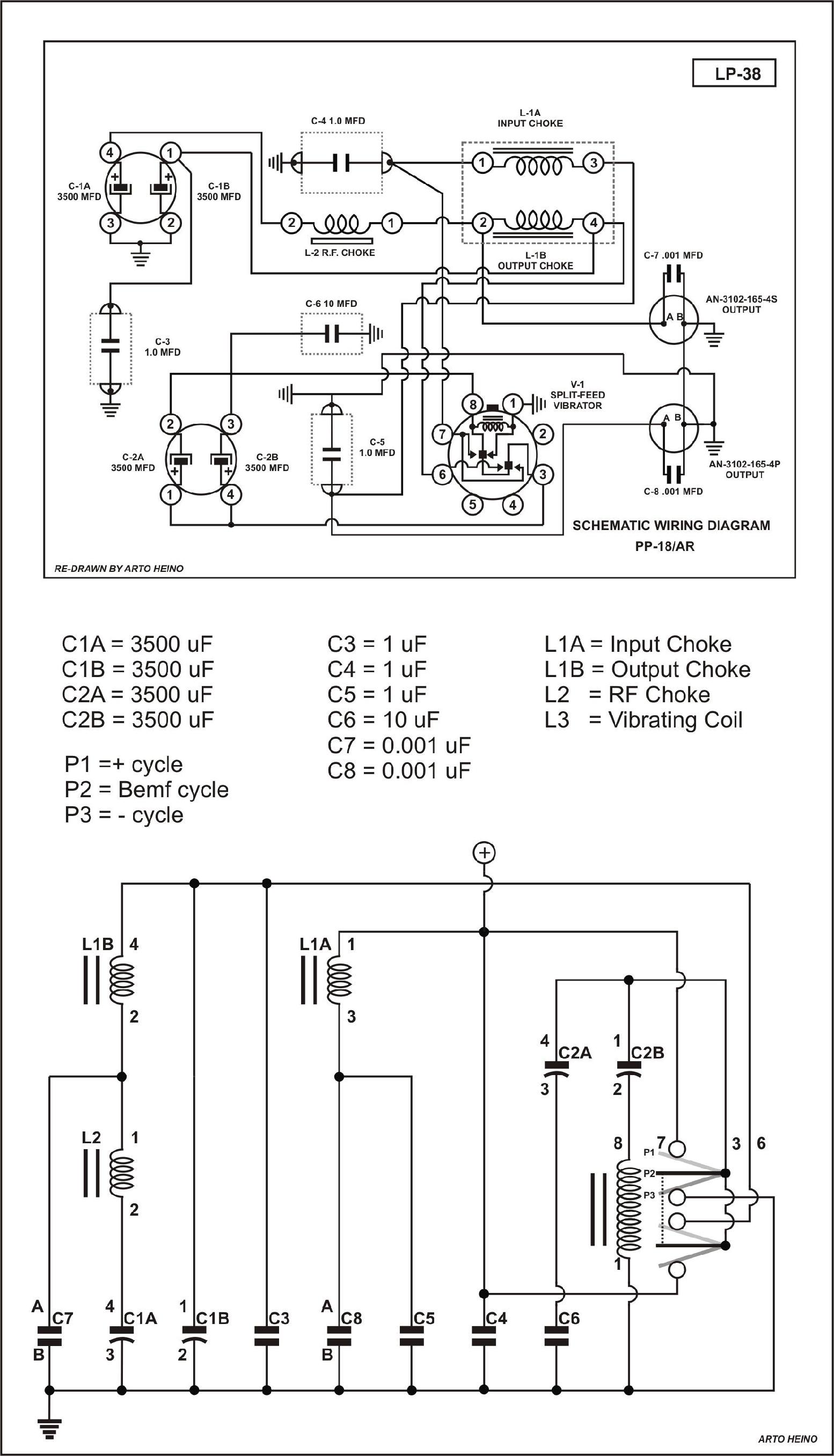Originally posted by madhatter
View Post
I envy your position. Now that I have more experience with the CAD process, some nights I go into a little spiritual CAD journey; a vision quest of sorts where I get high as a kite through the creative process. I'm sure you can relate. To do this as a business, and be able to take that directly from virtual to physical with little fuss must be very rewarding creatively.



 Modulation depth is approx 50% and decent results are possible with no distortion in the output, no noticeable "radio noise", or crazy parasitic oscillations and such unwanted mess. Although it will still need some tweaking.
Modulation depth is approx 50% and decent results are possible with no distortion in the output, no noticeable "radio noise", or crazy parasitic oscillations and such unwanted mess. Although it will still need some tweaking.








 , I figured that 60 Hz would have been the most useful frequency, so I used 1mH as the inductor. I did find a mistake and fixed it. Soon as I have all the bits I will build this unit. Regards Arto
, I figured that 60 Hz would have been the most useful frequency, so I used 1mH as the inductor. I did find a mistake and fixed it. Soon as I have all the bits I will build this unit. Regards Arto
Comment